Schoeps CCM 2S Bruksanvisning
Läs gratis den bruksanvisning för Schoeps CCM 2S (24 sidor) i kategorin mikrofon. Guiden har ansetts hjälpsam av 25 personer och har ett genomsnittsbetyg på 4.4 stjärnor baserat på 13 recensioner. Har du en fråga om Schoeps CCM 2S eller vill du ställa frågor till andra användare av produkten? Ställ en fråga
Sida 1/24

User guide
Compact Series
Contents
page
System overview 2
Compact Microphones 3
Phantom powering 4
EMC, Technical specifications 6
Block diagram 7
Microphone selection 8
Basic microphone characteristics 9
Suggested microphones for specific applications 10
Pressure transducers 11
Pressure-gradient transducers 12
Switchable microphone 16
Microphones for close pickup 17
Acoustic specifications of the microphones 19
Care and maintenance / Troublshooting 20
Warranty / declaration of conformity 22
CCM
Compact Microphones
Produktspecifikationer
| Varumärke: | Schoeps |
| Kategori: | mikrofon |
| Modell: | CCM 2S |
Behöver du hjälp?
Om du behöver hjälp med Schoeps CCM 2S ställ en fråga nedan och andra användare kommer att svara dig
mikrofon Schoeps Manualer

4 Januari 2025

27 December 2024

16 September 2024

14 September 2024

14 September 2024

14 September 2024

14 September 2024

14 September 2024

14 September 2024

14 September 2024
mikrofon Manualer
- Behringer
- Epcom
- Glemm
- Solid State Logic
- PSC
- Ponovo
- Canon
- AVerMedia
- Bontempi
- Akg
- Karma
- Galaxy Audio
- JTD
- Wisycom
- Perfect Choice
Nyaste mikrofon Manualer
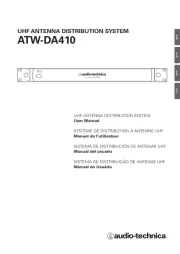
19 Oktober 2025
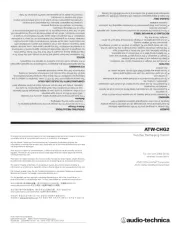
19 Oktober 2025

18 Oktober 2025
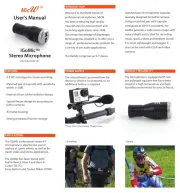
18 Oktober 2025
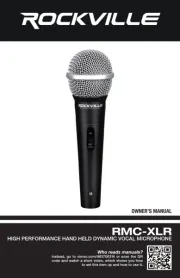
18 Oktober 2025

18 Oktober 2025
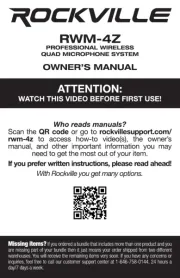
18 Oktober 2025
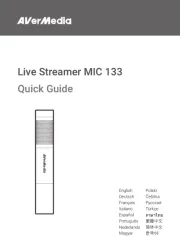
16 Oktober 2025
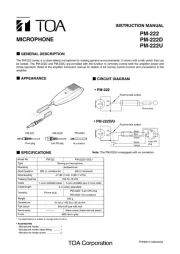
15 Oktober 2025
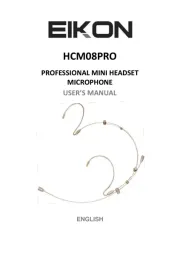
13 Oktober 2025